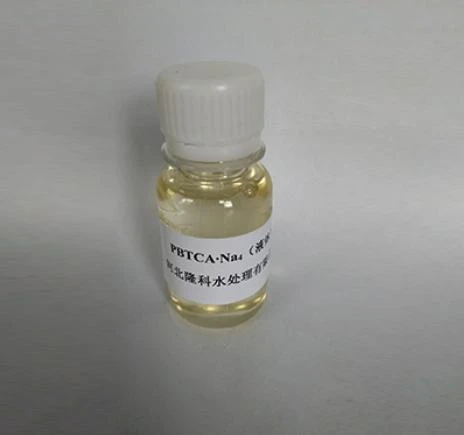Chloromethyl Isothiazolinone and Its Applications in Industrial and Household Products
Chloromethyl Isothiazolinone An Overview of Its Properties and Applications
Chloromethyl isothiazolinone (CMI) is a biocide commonly used in various industrial and consumer products due to its effective antimicrobial properties. This compound possesses a unique chemical structure that enables it to act as a potent preservative, making it invaluable in numerous applications ranging from cosmetics to pharmaceuticals and industrial formulations.
Chemical Properties
Chloromethyl isothiazolinone is a member of the isothiazolinone family, characterized by a five-membered ring containing sulfur and nitrogen. Its chemical formula is C4H5ClN2OS, and its molecular weight is approximately 150.6 g/mol. The presence of the chloromethyl group enhances its reactivity, enabling it to inhibit the growth of a wide range of bacteria, fungi, and algae. This antimicrobial activity is primarily attributed to its ability to disrupt cellular processes in microorganisms, rendering them ineffective.
One critical property of CMI is its stability in various formulations. It can withstand a range of pH levels and temperatures, making it suitable for diverse environments. However, it is essential to note that its effectiveness can diminish in the presence of certain metal ions, which may interfere with its action. Consequently, proper formulation is crucial to maximize the biocide's efficacy.
Applications
CMI is extensively employed across numerous industries due to its broad-spectrum antimicrobial properties. Here are some of the key applications
1. Cosmetics and Personal Care Products CMI is widely used as a preservative in shampoos, lotions, and other personal care items. Its ability to prevent microbial growth ensures product stability and safety for consumers.
2. Pharmaceuticals In the pharmaceutical industry, CMI serves as an effective preservative in ointments, creams, and liquid medications. It guarantees that these products remain free of contamination during storage and usage, thereby safeguarding patient health.
chloromethyl isothiazolinone

3. Industrial Applications CMI is utilized in various industrial settings, including water treatment, where it helps control microbial growth in systems such as cooling towers and industrial process water. Its incorporation into paint formulations also prevents the growth of mold and mildew.
4. Adhesives and Sealants CMI is added to adhesives and sealants to prolong their shelf life by preventing microbial contamination, which can cause degradation over time.
5. Textiles In the textile industry, CMI serves as a biocide to protect fabrics from bacteria and fungi that can cause unpleasant odors and discoloration.
Safety and Regulatory Concerns
Despite its widespread use, CMI has raised some safety and regulatory concerns. It has been associated with skin sensitization and allergic reactions in some individuals, leading to restrictions in its application in certain consumer products, particularly in leave-on cosmetics. Regulatory bodies, including the European Commission, have implemented guidelines and established maximum allowable concentrations for CMI in various products. Manufacturers are encouraged to conduct thorough safety assessments to ensure compliance with these regulations and to minimize risks associated with exposure.
Furthermore, the environmental impact of CMI has prompted discussions regarding its biodegradability and potential accumulation in aquatic ecosystems. As such, responsible use and disposal of products containing this biocide are critical to mitigating its environmental footprint.
Conclusion
Chloromethyl isothiazolinone plays a crucial role in ensuring the safety and longevity of many products we use daily. While its effectiveness as a preservative is well-established, users must remain informed about the potential health and environmental implications associated with its use. As research continues and regulatory landscapes evolve, the industry is likely to see the development of safer alternatives and improved formulations that maintain efficacy while addressing safety concerns.
-
Water Treatment with Flocculant Water TreatmentNewsJun.12,2025
-
Polymaleic AnhydrideNewsJun.12,2025
-
Polyaspartic AcidNewsJun.12,2025
-
Enhance Industrial Processes with IsothiazolinonesNewsJun.12,2025
-
Enhance Industrial Processes with PBTCA SolutionsNewsJun.12,2025
-
Dodecyldimethylbenzylammonium Chloride SolutionsNewsJun.12,2025





